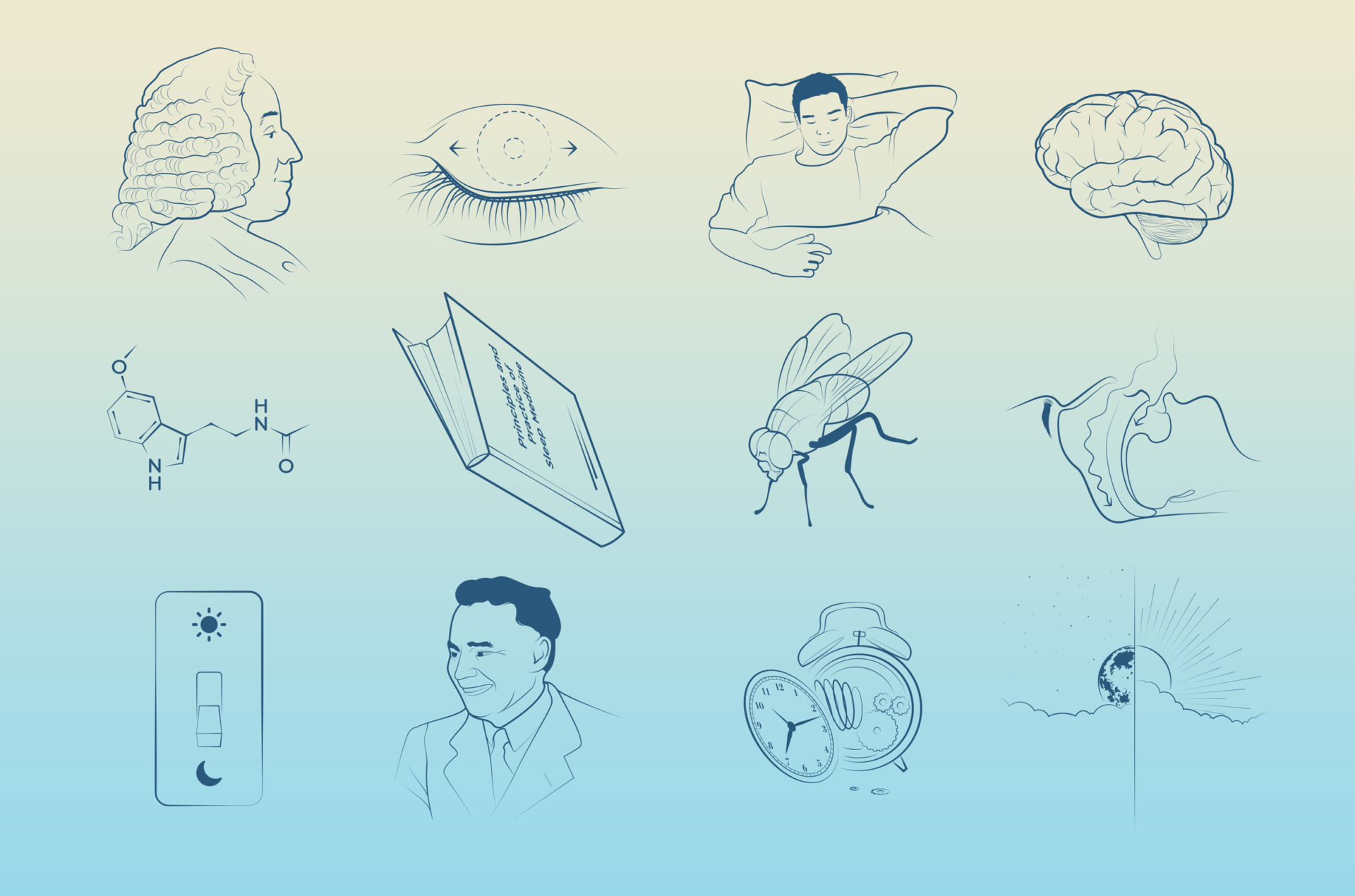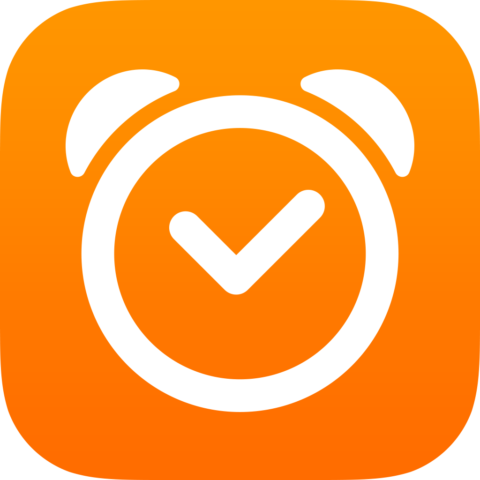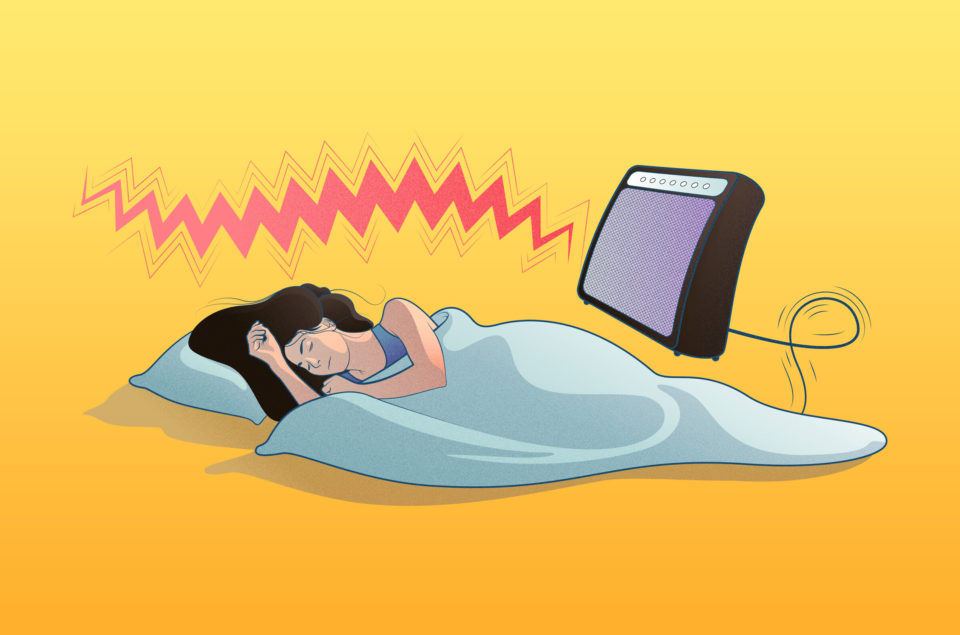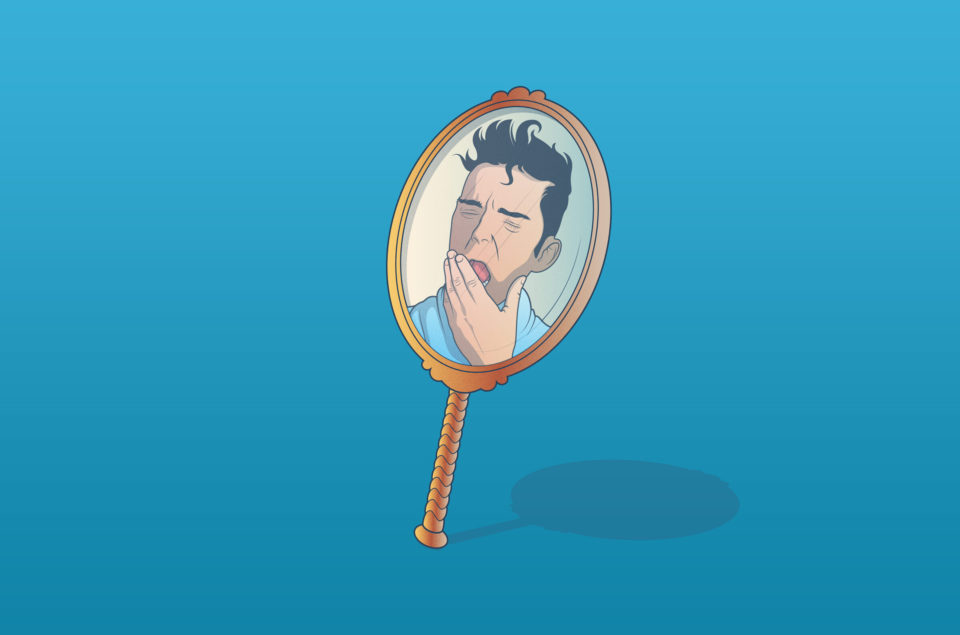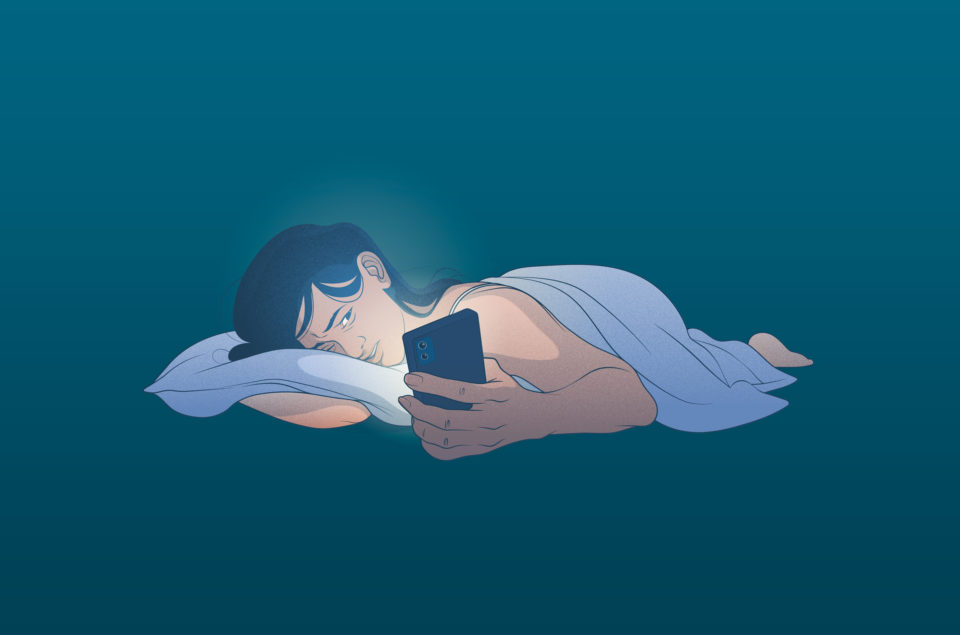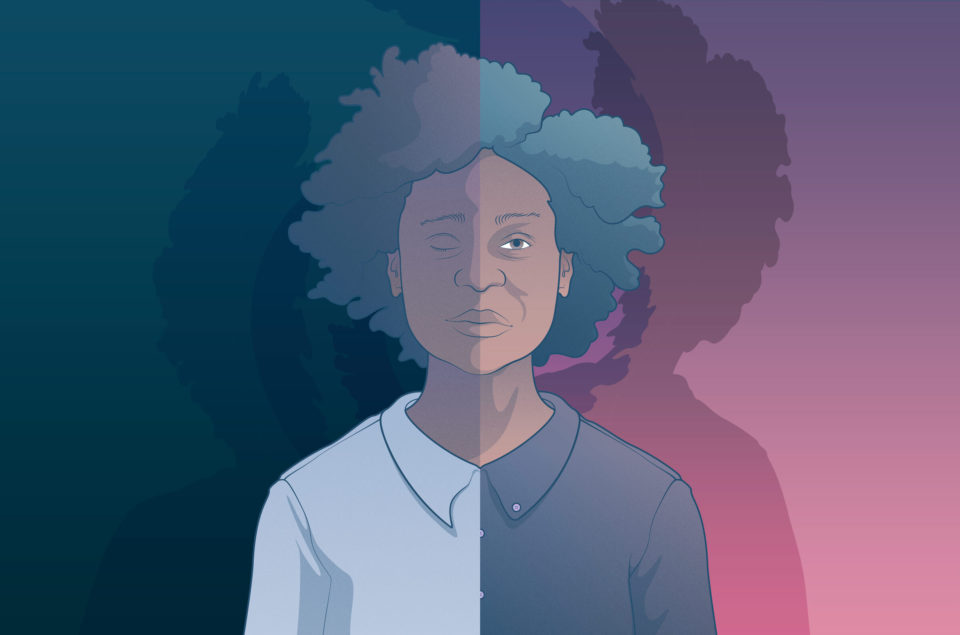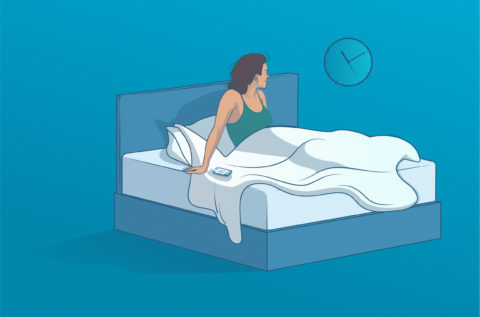From ancient Egyptians to Aristotle and beyond, humans have a history of fascination around sleep. While the first advances in sleep research date back to 400 BC, the last century has delivered a steady drumbeat of groundbreaking discovery.
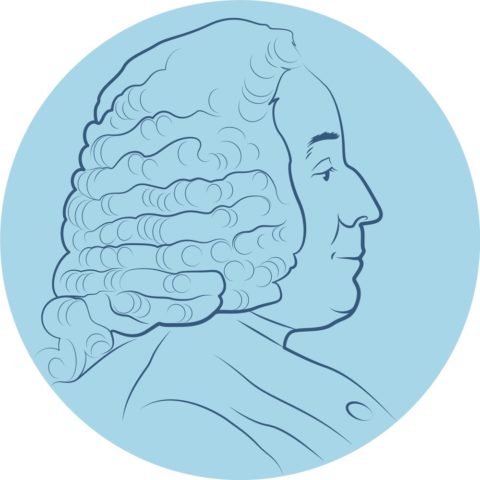 |
1729 |
| French astronomer Jean-Jacques d’Ortous de Mairan surmises that a day-night cycle exists in mimosa plants. He demonstrates that their leaves open during the day and close at night, even when kept in total darkness. |
| |
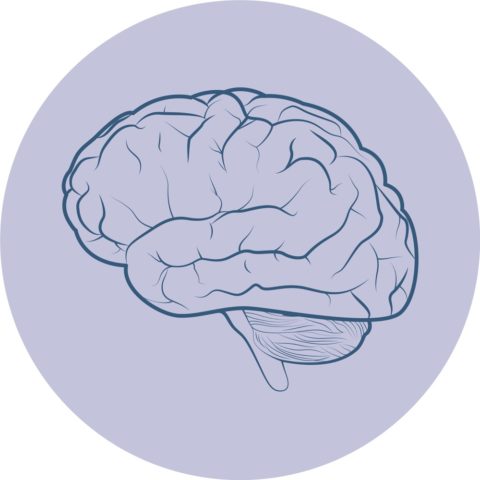 |
1929 |
| Electroencephalography (EEG), the measurement of electrical activity in different parts of the brain, is used for the first time by Dr. Johannes Berger. Dr. Nathaniel Kleitman hypothesizes that the human brain has a “sleep drive.” |
| |
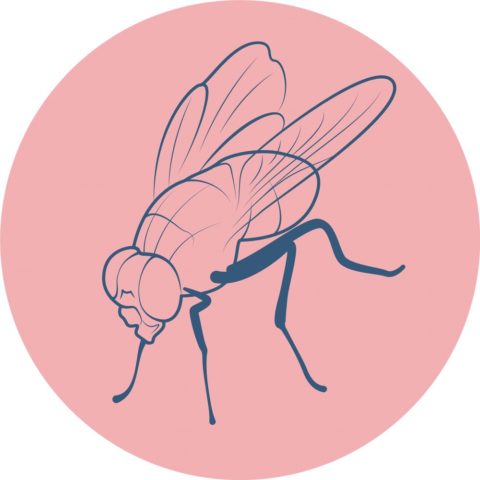 |
1935 |
| It all starts with fruit flies! Hans Kalmus and Erwin Bünning independently discover the existence of the circadian rhythm in fruit flies. |
| |
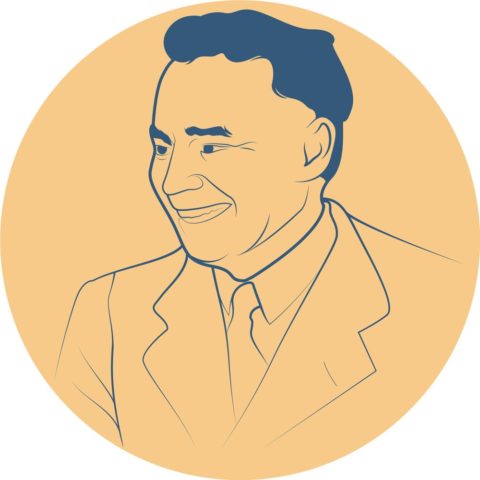 |
1937 |
| Dr. Alfred Loomis appears to confirm Dr. Kleitman’s hypothesis by defining the brainwave patterns now associated with nonREM, or relatively light sleep. |
| |
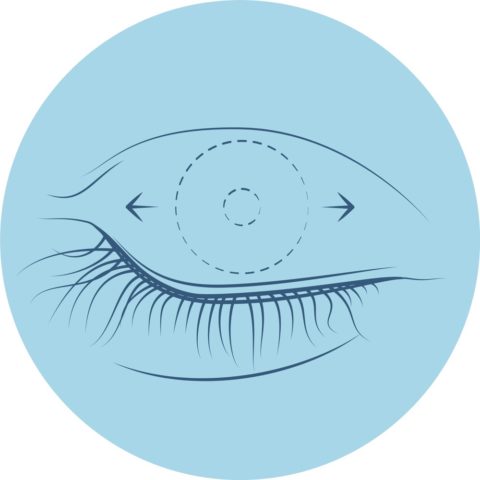 |
1953 |
| REM sleep is first detected, contradicting the previous notion that brain activity declined during sleep. Short for Rapid Eye Movement, this is the deepest stage of sleep during which your eyes move rapidly from side to side and most dreaming occurs. |
| |
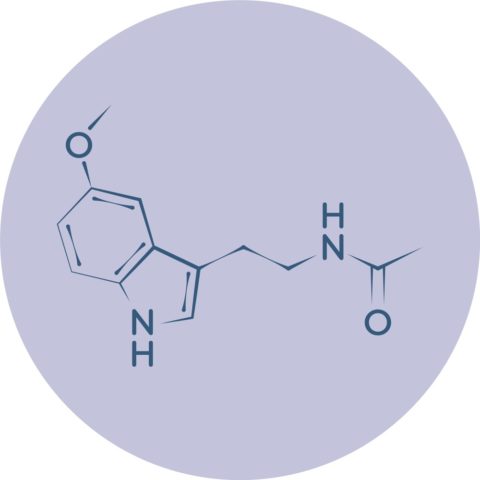 |
1958 |
| Melatonin, the hormone that regulates the sleep-wake cycle is discovered. |
| |
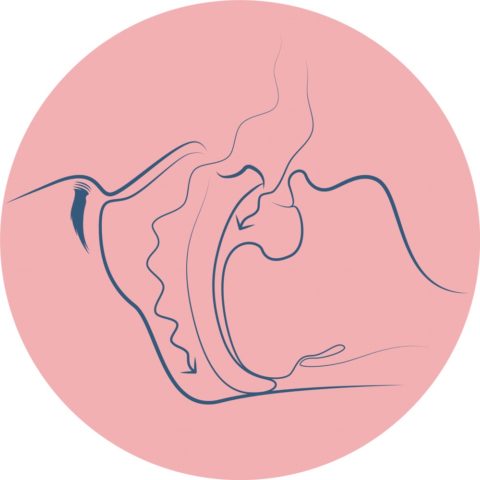 |
1962 |
| More research is dedicated to obstructive sleep apnea, a condition that impacts 26% adults between the ages of 30 and 70 years old, inspiring broader studies on changes in temperature, circulatory and breathing during sleep. |
| |
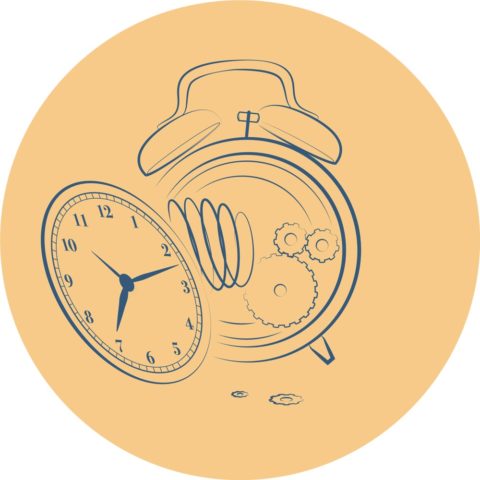 |
1971 |
| Seymour Benzer and his student Ronald Konopka at California Institute of Technology discover a batch of mutant fruit flies with faulty body clocks. They trace it to a gene known as PER. |
| |
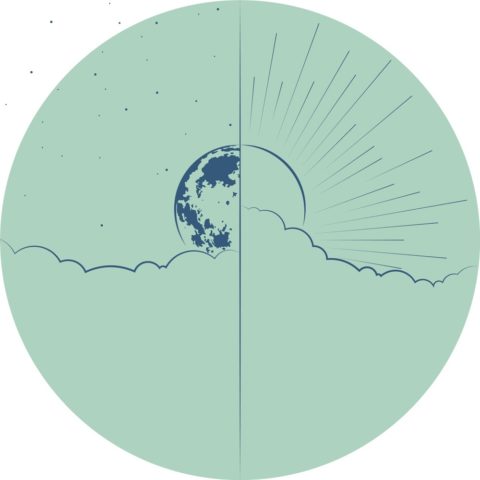 |
1980 |
| The physiological necessity of sleep to life is officially confirmed and studies explore the connection between sleep and learning and the circadian rhythm’s impact on sleep duration, the total amount of sleep obtained per night. |
| |
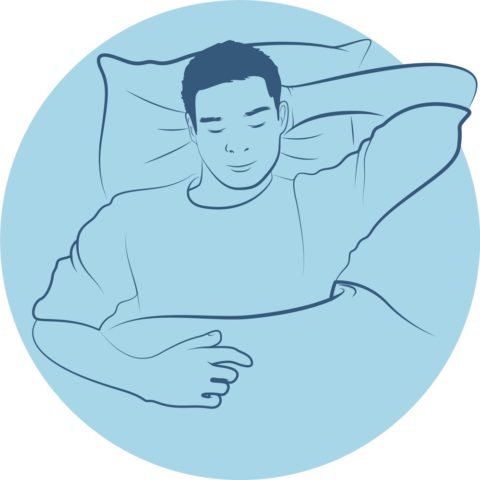 |
1984 |
| Jeffrey Hall and Michael Rosbach of Brandeis University deepen our understanding of how the PER gene works in the body over a 24-hour period. |
| |
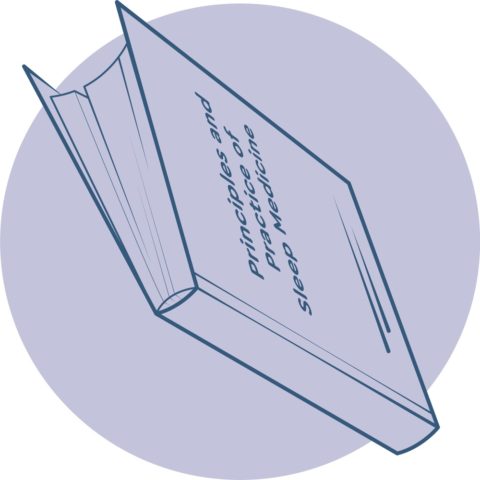 |
1989 |
| The first edition of Principles and Practice of Sleep Medicine, the gold standard for sleep research to date is published. A trusted resource for decades, the book is now in its 6th edition. |
| |
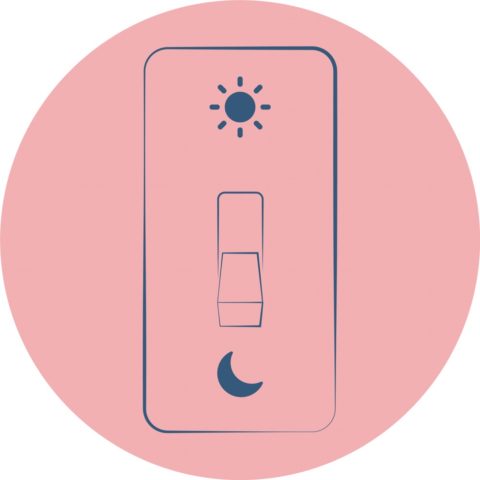 |
1996 |
| The center of the brain that controls sleep and wakefulness, better known as the “sleep switch,” is discovered. |
| |
 |
2007 |
| The American Academy of Sleep reclassifies the initial model of sleep stage classification developed in 1968, breaking out the states into three categories: N1, N2 & N3. |
| |
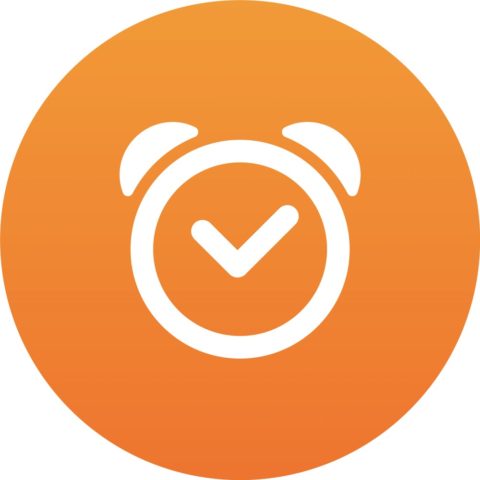 |
2010 |
| Sleep Cycle launched as the first smart alarm clock in the world. |
| |
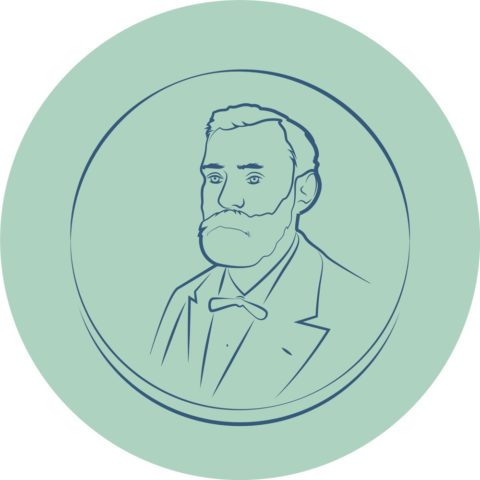 |
2017 |
| Jeffrey Hall, Michael Rosbach and Michael Young are awarded the Nobel Prize in Physiology or Medicine “for their discoveries of molecular mechanisms controlling the circadian rhythm” in fruit flies. |
Despite these advances, so much remains unknown. With rapidly evolving technology and increased accessibility to wearable and at-home sleep tracking capabilities, the next century of sleep research promises to shed new light on what happens to our brains after dark.
